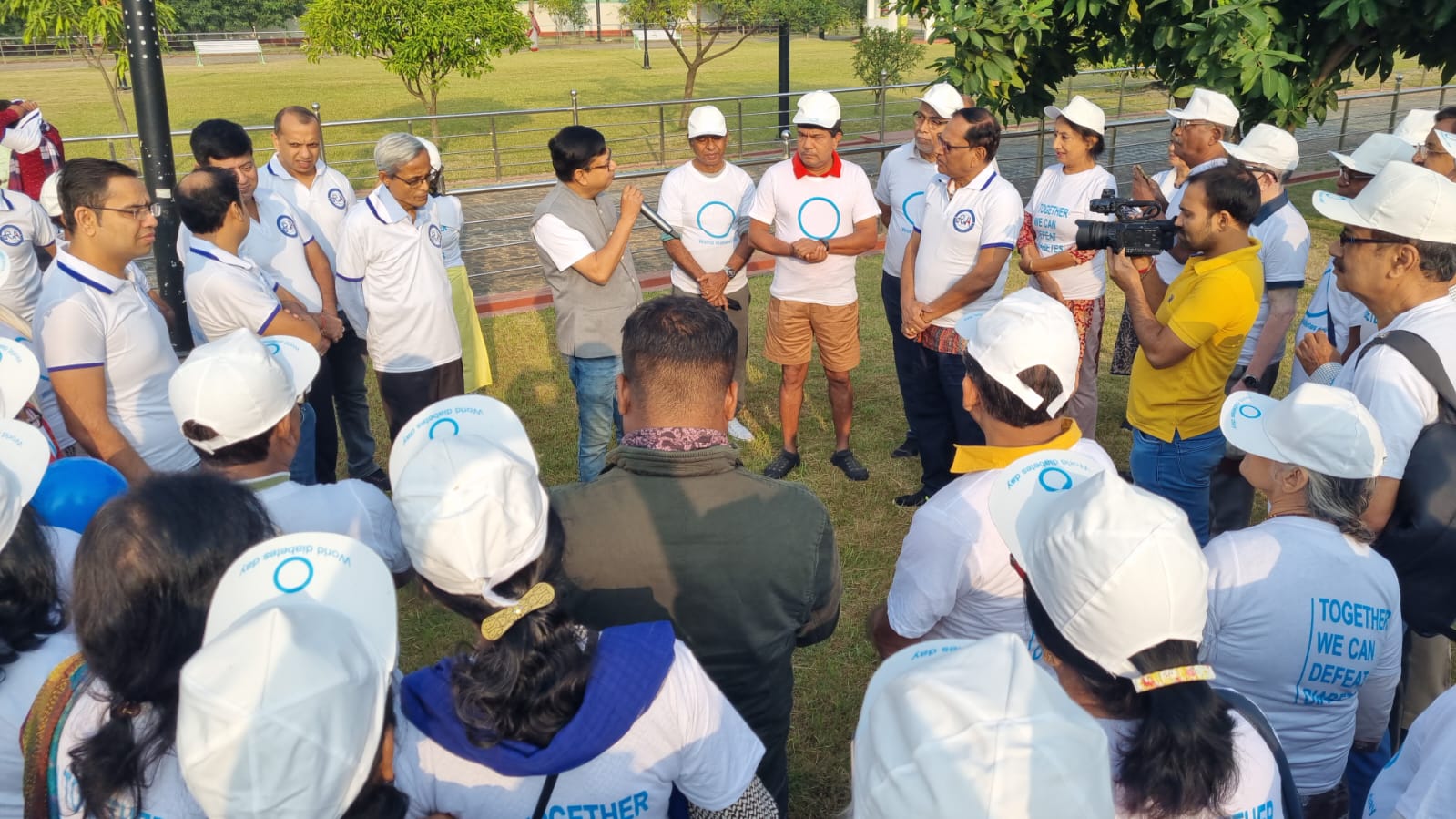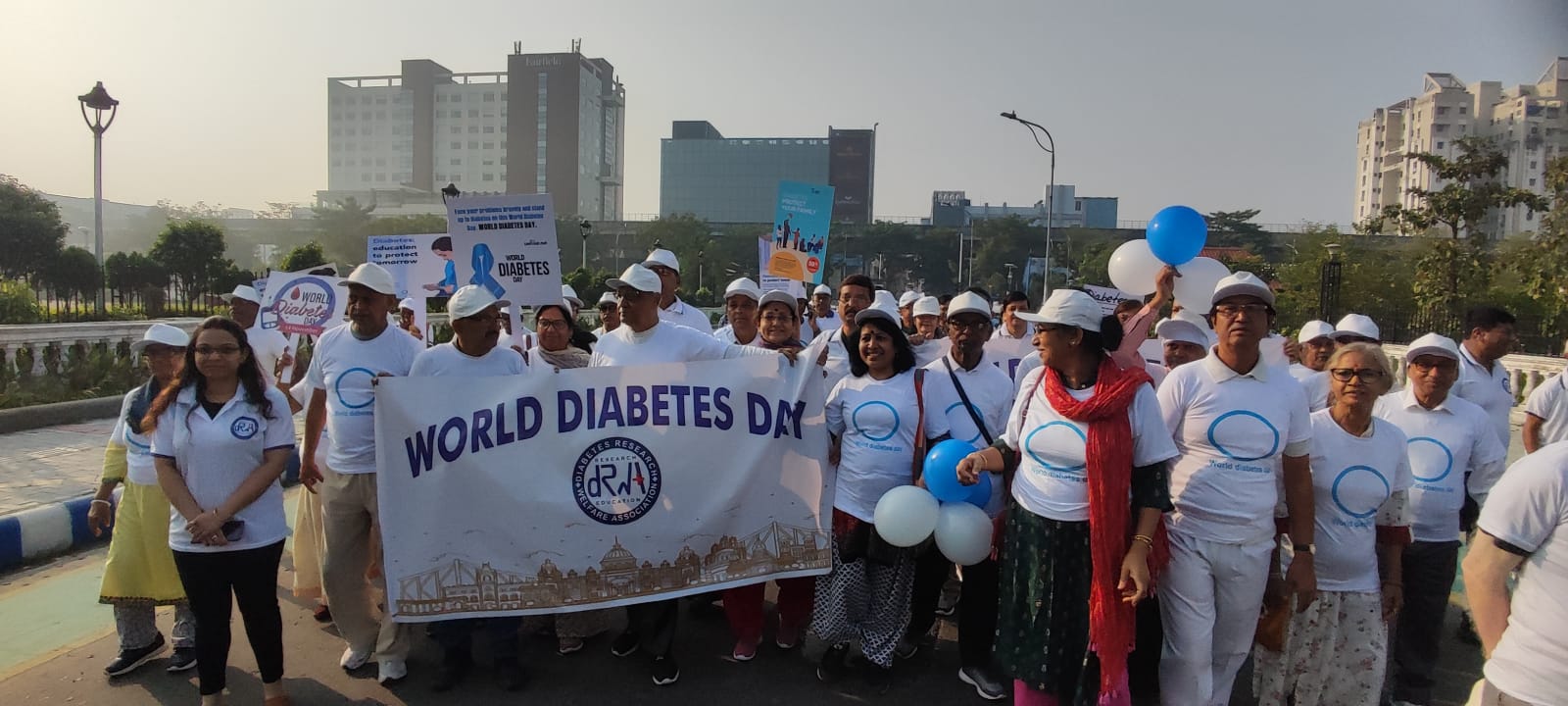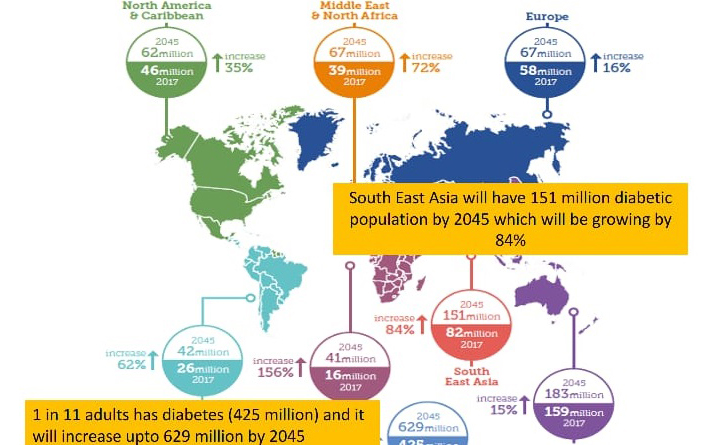
World Diabetes Day Program, held on 14th November, 2022 in presence of honorable Mr. Debasish Sen and other dignitaries

World Diabetes Day Program, held on 14th November, 2022 in presence of honorable Mr. Debasish Sen and other dignitaries

World Diabetes Day Program, held on 14th November, 2022 in presence of honorable Mr. Debasish Sen and other dignitaries

World Diabetes Day Program, held on 14th November, 2022 in presence of honorable Mr. Debasish Sen and other dignitaries

World Diabetes Day Program, held on 14th November, 2022 in presence of honorable Mr. Debasish Sen and other dignitaries

World Diabetes Day Program, held on 14th November, 2022 in presence of honorable Mr. Debasish Sen and other dignitaries

World Diabetes Day Program, held on 14th November, 2022 in presence of honorable Mr. Debasish Sen and other dignitaries

World Diabetes Day Program, held on 14th November, 2022 in presence of honorable Mr. Debasish Sen and other dignitaries

World Diabetes Day Program, held on 14th November, 2022 in presence of honorable Mr. Debasish Sen and other dignitaries

Diabetes Update 2021 was held on 20th & 21st February 2021 at Vedic Village, Kolkata - A hybrid programme.

Diabetes Update 2021 was held on 20th & 21st February 2021 at Vedic Village, Kolkata - A hybrid programme.

Diabetes Update 2021 was held on 20th & 21st February 2021 at Vedic Village, Kolkata - A hybrid programme.

Diabetes Update 2021 was held on 20th & 21st February 2021 at Vedic Village, Kolkata - A hybrid programme.

World Diabetes Day Program was held on 17th November, 2019 at Lions Children Park, Deshopriyo Park, Kolkata.

Inauguration of DRWA 7th Annual conference was held on 26th May, 2019 at Hotel Novotel

DRWA 7th Annual conference was held on 26th May, 2019 at Hotel Novotel

DRWA 7th Annual conference was held on 26th May, 2019 at Hotel Novotel

DRWA 7th Annual conference was held on 26th May, 2019 at Hotel Novotel

DRWA 7th Annual conference was held on 26th May, 2019 at Hotel Novotel

DRWA 7th Annual conference was held on 26th May, 2019 at Hotel Novotel

DRWA 7th Annual conference was held on 26th May, 2019 at Hotel Novotel

DRWA 7th Annual conference was held on 26th May, 2019 at Hotel Novotel

1 in 11 adults has Diabetes (425 million) and it will increase upto 629 million by 2045

Inauguration of DRWA 6th Annual conference was held on 2nd & 3rd June 2018 at Hotel Sonar Bangla

DRWA 6th Annual conference was held on 2nd & 3rd June 2018 at Hotel Sonar Bangla

DRWA 6th Annual conference was held on 2nd & 3rd June 2018 at Hotel Sonar Bangla

DRWA arranged one of the biggest screening and complication camp followed by free consultation by our esteemed colleagues

The conference started at 10 AM in the morning and continued till 6 PM in the evening.

While there are a number of factors that influence the development of type 2 diabetes, it is evident that the most influential are lifestyle behaviours commonly associated with urbanization. These include consumption of unhealthy foods and inactive lifestyles with sedentary behaviour. Studies from different parts of the world have established that lifestyle modification with physical activity and/or healthy diet can delay or prevent the onset of type 2 diabetes.
Modern lifestyles are characterised by physical inactivity and long sedentary periods.
Physical activity at least between three to five days a week, for a minimum of 30-45 minutes.
Taking a life course perspective is essential for preventing type 2 diabetes and its complications. Intervention early in life through proper physical activity and dietary planning helps to prevent the development of overweight and reduce the risk of type 2 diabetes. Healthy lifestyles can improve health outcomes at later stages of life as well.
Population based interventions and policies allow healthy choices through policies in trade, agriculture, transport and urban planning to become more accessible and easy. Healthy choices can be promoted in specific settings (school, workplace and home) and contribute to better health for everyone. They include exercising regularly and eating wisely which will help to maintain normal levels of blood glucose, blood pressure and lipids.
People with diabetes have an increased risk of developing a number of serious health problems. Consistently high blood glucose levels can lead to serious disease affecting the heart and blood vessels, eyes, kidneys, nerves and teeth. In addition, people with diabetes also have a higher risk of developing infections. In almost all high-income countries, diabetes is a leading cause of cardiovascular disease, blindness, kidney failure, and lower limb amputation.
Maintaining blood glucose levels, blood pressure, and cholesterol at or close to normal can help delay or prevent diabetes complications. Therefore people with diabetes need regular monitoring.

9th DRWA Annual Conference on 25th(Sat) & 26th(Sun) June, 2022. Download more info
DRWA AGM 2022 will be held on 20th April at 2 PM.
AGENDA
1. Overview of our annual academic and other activities.
2. Selection of Executive committee members and allotment of designation.
3. Accounts for the year.
4. Any other matter deemed fit to be discussed.
Venue Hotel Hindustan International, AJC Bose Road.
Members willing to be elected to the Executive Committee should inform by email to mhsanwarwalla@yahoo.co.in by 15 th April along with consent from 2 life members.
Mid session CME is on 25th & 26th September at Hotel Sonar Bangla.
Copyright © 2019-24 - All Rights Reserved - Diabetes Research & Welfare Association